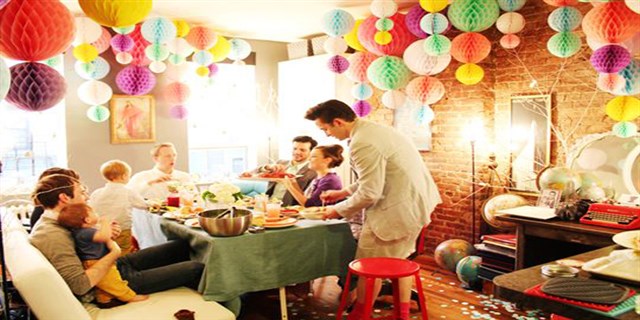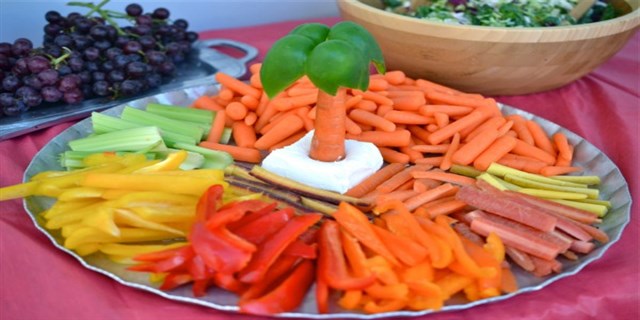Can be satisfying as well as enjoyable. There are no guaranteed methods to ensure success, but whether the occasion is formal or informal, large or small, good organization and careful advance planning will certainly help.
You need to select an appropriate menu, invite a good mixture of guests, and create a pleasant atmosphere in which they feel comfortable.
At the end of the party, you will be able to wave goodbye to happy guests with a great feeling of satisfaction and the knowledge that they – and you – thoroughly enjoyed the occasion.
Planning a Timetable
When you are cooking for a large number of guests, it is worth planning the occasion well in advance to save yourself time and effort closer to the day. Prepare detailed checklists and timetables, taking all tasks into consideration. This will make the occasion easier to tackle.
Countdown Planning Action Needed
• 4 Weeks or More Before: Choose a site, theme of the occasion, and menu; draw up a guest list. Reserve party room; send invitations; arrange rental or loan of equipment.
• 2-3 Weeks Before: Make shopping lists; plan cooking schedule; list other jobs. Order flowers, alcohol, and soft drinks; cook dishes that will freeze.
• 1 Week Before: Monitor guest acceptances and regrets; decide on sealing plans. Order food; write name and menu cards; wash table linen; clean silver.
3 Days Before Check china and cutlery; finalize numbers of guests and equipment. Cook food to be reheated or served cold; wash china/glasses.
1 Day Before Update cooking schedule; check the list of other tasks to be done. Buy food for last-minute preparation; prepare vegetables/salads; set tables.
Party
• Morning: Make a list of jobs to be done by helpers and hired staff. Buy fresh bread; arrange flowers and bar; set tables; prepare hot food.
• 1 Hour Before: Check tasks as they are completed; allow time for relaxation. Finish off hot food in the oven; put out canapes and cocktail snacks.
Planning Menus
The dishes you choose in a party menu must depend not just on personal taste, but on the season, the occasion, and on limitations such as time and budget. Try to appeal to the eye as well as the appetite, keeping the menu simple, and choose tried-and-true recipes.
Selecting Recipes
• Choosing a main course: Unless you wish to use a particular appetizer or dessert, plan the main course first, then choose an appetizer and dessert to complement it.
• Keeping courses simple: Help yourself by choosing a simple, cold appetizer that can be prepared in advance.
Balancing Menus
• Varying courses: Create an overall balance of color, texture, and flavor in the menu. Avoid choosing courses that are similar, for example, all egg- or cheese-based.
• Offsetting rich dishes: Balance a rich or spicy main course with a plain appetizer and a light, refreshing dessert.
Preventing Problems
• Planning alternatives: In case you are unable to get hold of a particular ingredient, have an alternative dish in mind.
• Checking diets: Check in advance whether guests have special dietary requirements.
• Limiting courses: Unless you have extra help, keep three courses to minimize work.
Estimating Quantities
It is a strange fact that the more people you cater for, the less food you need to allow per head, especially for buffets. If you are catering for 100 people, allow full quantities for about 85. Appetites vary from person to person but allow half portions for children or elderly guests.






